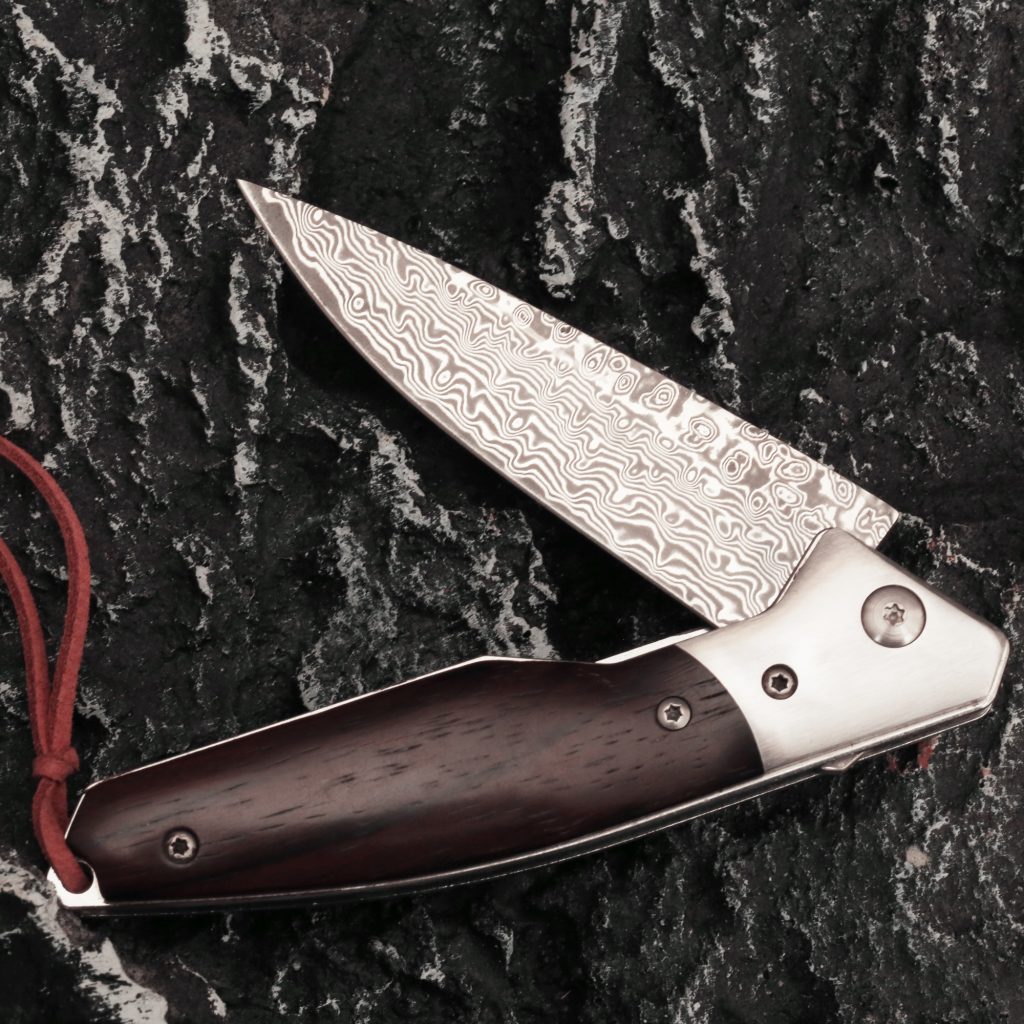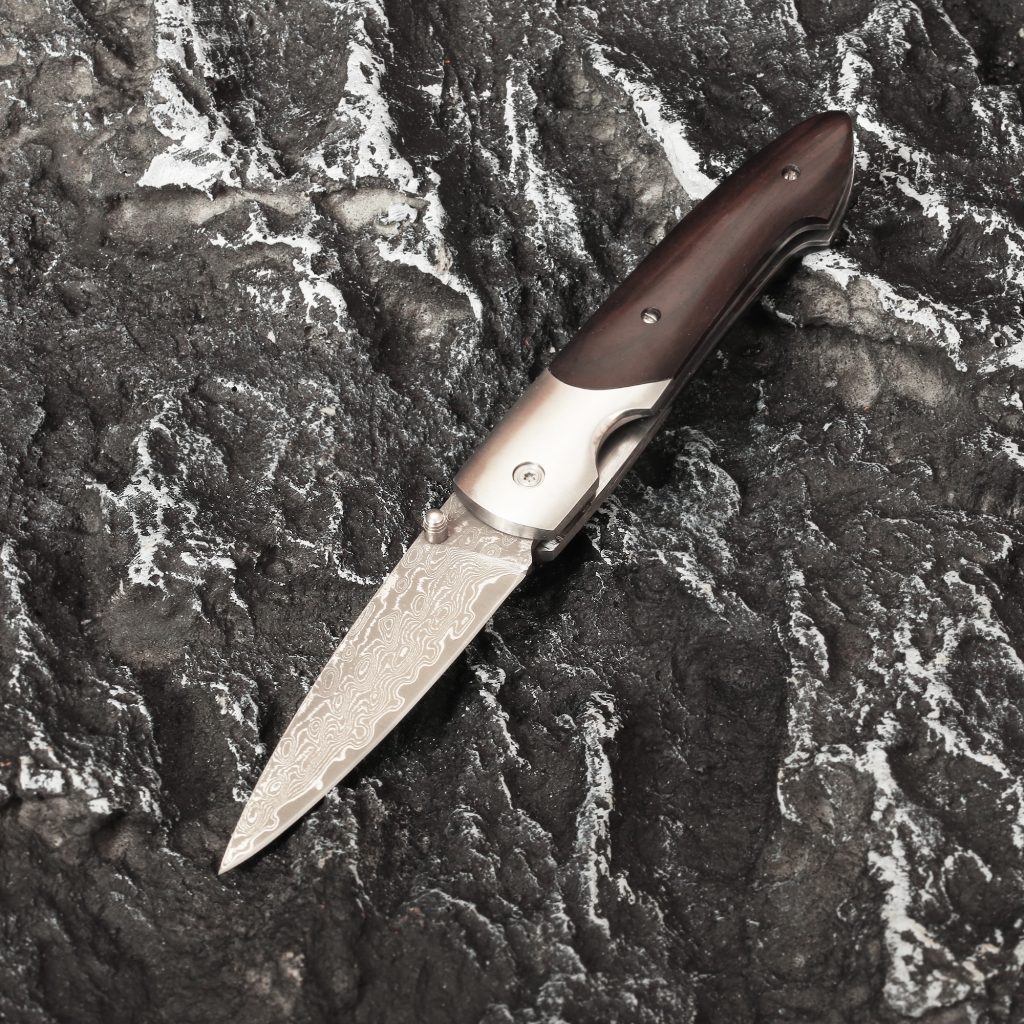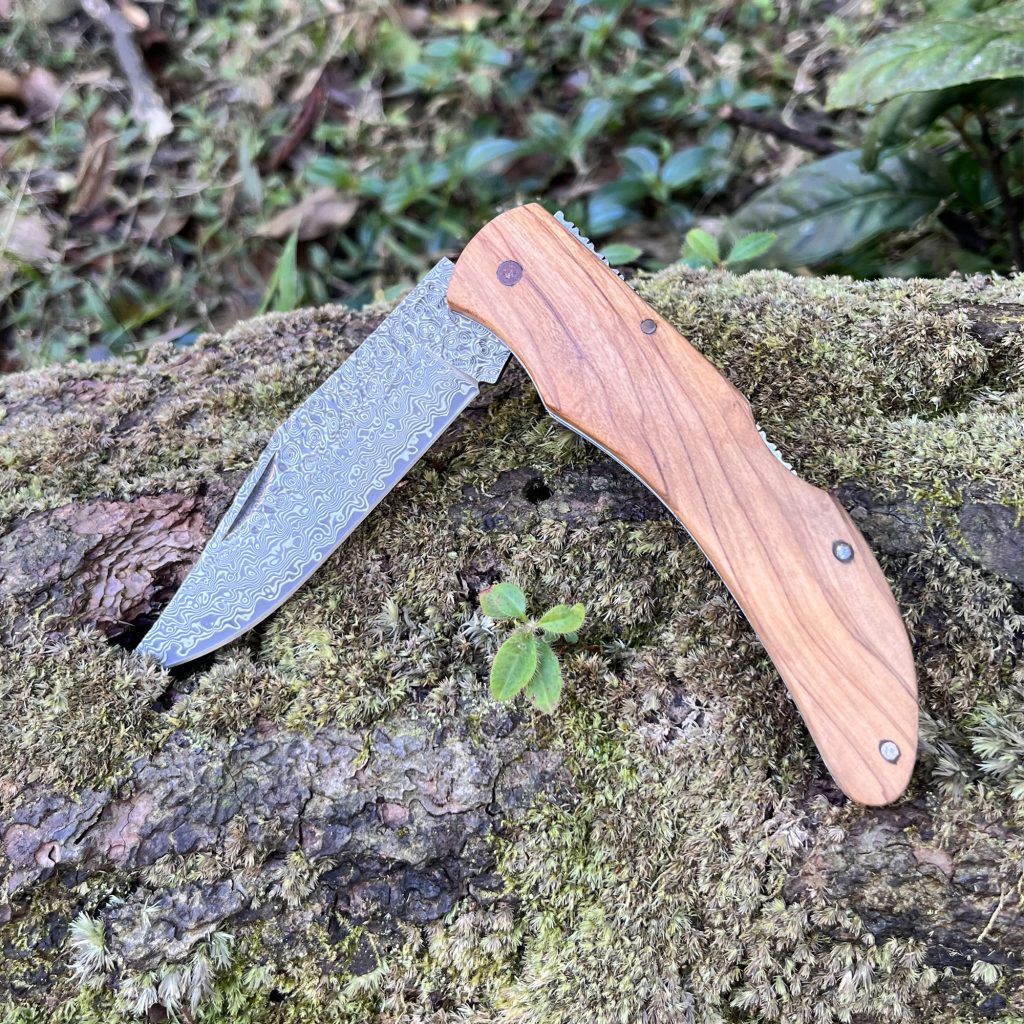Wooden handles are among the knife handles that need to be maintained from time to time.
Although it is more troublesome than synthetic handles, wooden handles are not difficult to maintain.

Why is the maintenance of wooden handles important?
Whether you use it or not, wood will crack when it dries out too much.
Certain types of wood are more susceptible to dry climates.
But under normal circumstances, if you add a little oil to the wooden handle, the wooden handle will become moist and can enhance its resistance to temperature and humidity.
It also prevents cracks from occurring.
After oiling, the wooden handle will become more beautiful, the color will be brighter and more lively, and the original texture of the wood can be clearly seen.

What type of wood requires oil?
Basically, any type of wooden handle can use an occasional oiling.
But there are exceptions. For example, some wooden handles have been polished or stained.
Other relatively stable woods, that is, woods that have absorbed more resin, do not require too much oil.
Everyone has different opinions and methods on maintaining wooden handles. Some people like mineral oil, some people like danish oil.
Some people like to apply some oil on the handle, and some people like to soak the handle in oil for maintenance.

How to oil the handle?
I personally prefer to use a clean cloth to apply oil.
Don’t use too much oil, a few drops will be enough. Then just wait for the oil to be absorbed by the wooden handle. Finally, wipe the handle with another clean cloth.
Repeat the wiping process until the wooden handle is saturated with oil.

What kind of oil is used to coat wooden handles?
There are many different types of oils that can be used to care for wooden handles.
Each oil has its own properties and reacts differently to different types of wood.
Additionally, there are oils that can be used for multiple purposes, so a bottle of oil can be used for other things as well.

Ballistol:
Ballistol, also known as German universal oil. It is one of the most popular maintenance oils.
It was originally a weapons oil, and before 1945, it was also used by the German army as an essential oil. In addition to being used for weapons, it is also an oil for lubricating and polishing metal, wood, and leather. Ballistol can be used on all types of wooden handles, except stained ones.
However, the smell of Ballistol is a bit special, a bit like the smell of a pine forest. Some people hate this smell, some people like it, and those who like it even wear it as a perfume. It is actually true to say that it is a universal oil. In addition to its use as weapon oil, wood, leather, and metal. During the war, some soldiers also used it to moisturize their skin and stop bleeding.
Therefore, not only to using it to maintain the wooden handle, we can also use it to coat the blade to prevent it from rusting. After driving the express delivery, Ballistol can also remove the glue remaining on the blade during the tape cutting process. Besides the wooden handle and blade, if your scabbard is leather, you can also use it to maintain the leather sheath.
We mentioned above that because Ballistol is not harmful to the skin, some soldiers will use it to moisturize their skin. What’s not mentioned is that some people even eat it.
It is one of the safer oils, so you can also use it on kitchen knives. There is no need to worry about the oil remaining on the blade getting on the food, and there is no need to worry about safety and hygiene issues.

Eden Essentials Mineral Oil:
This is a mineral oil used on wooden cutting boards, aka kitchen cutting boards.
Eden Essentials is a thicker paraffin oil. It is called paraffin oil because this mineral oil contains paraffin wax, which seals gaps in wood.
In addition to using it to clean wooden handles, you can also apply it regularly on the handles to moisten the wooden handles and make them more shiny and beautiful.

Robert Herder Wood Handle Care Oil:
Robert Herder Wood Handle Care Oil is also a good choice.
This is a cold-pressed, maintenance oil that combines macadamia nut oil and lemon oil. This oil is great for wood care.
And this combination of oils not only makes the wood look beautiful, but its light lemon scent is also soothing.

Danish oil:
This may be familiar to carpenters. This is a wood finishing oil usually made from tung oil or polymerized linseed oil. There is no set, definite formula for this oil, so its components vary from manufacturer to manufacturer. This oil is a hard, dry oil that forms a solid form when it comes into contact with oxygen in the atmosphere. When applied to wood, this tung oil-based mixture penetrates deeply into the wood and cures into a hard, satin finish that is waterproof and highly wear-resistant.
However, the excess oil on the surface of the handle needs to be wiped off, otherwise after drying, a paint will form on the surface of the handle, which needs to be avoided. After applying oil, remember to dry the handle with a dry cloth.
The benefit of this oil is that it provides protection from the inside out, as well as making the wood more lustrous and enhancing the wood grain. At the same time, wooden handles will not dry out quickly after using this oil.
(It is best to soak the used dry cloth in water or dispose of it. This oil may cause the risk of spontaneous combustion)

Linseed oil:
This is an oil somewhat similar to Danish oil. They are used in much the same way, apply to the handle and then wipe clean.
The important thing is not to let excess oil dry on the handle as it, like Danish oil, will solidify into a layer of paint. In addition to being used on wooden handles, this oil is also used to coat gun butts, guitars, billiard cues and other items.

刃物椿:
刃物椿 is a knife-protecting oil from Japan, and there are many friends who use it.
It is cheap and can be used to maintain blades and knife handles.

Why not use olive oil?
Olive oil can also be used to maintain wooden handles. However, it is better to use it in the short term.
One disadvantage of olive oil is that over time it can become rancid, making the wooden handle look very old.
Therefore, olive oil is not the first choice for maintaining wooden handles.